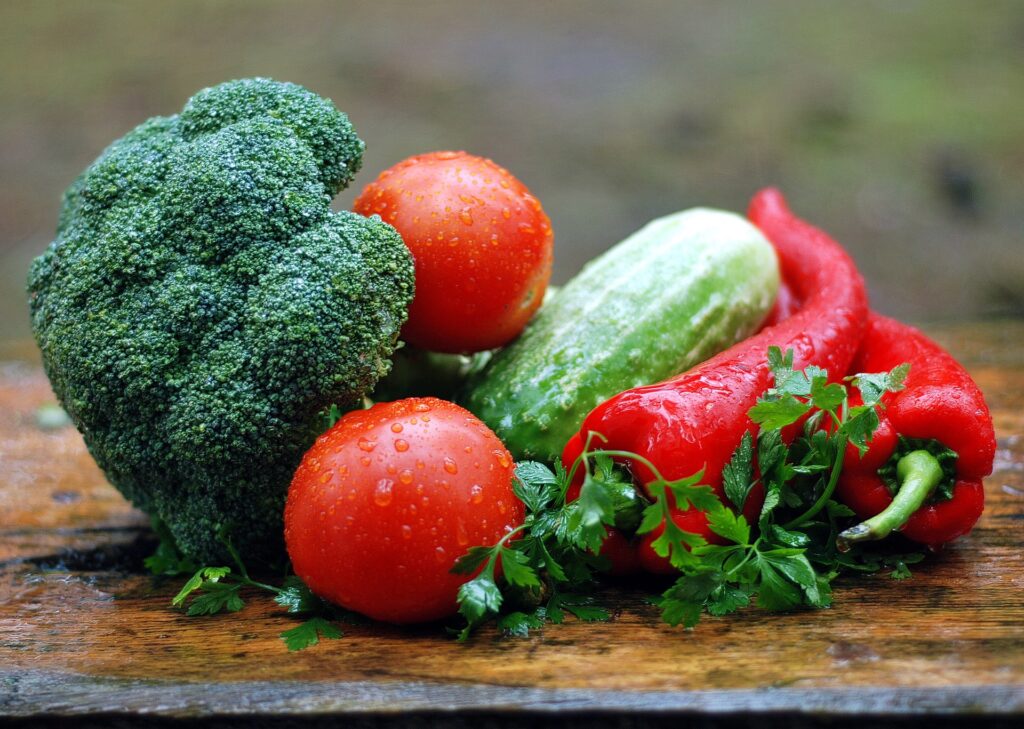Saxenda is the trade name for liraglutide, which is a medication within a class of drugs called GLP-1 agonists. Ozempic, semaglutide, is the variation of the drug that is approved for the management of Type 2 Diabetes. Saxenda is a weight-loss treatment available in New Zealand that may be recommended for adults with a BMI of 30 or more.
Saxenda, or GLP-1 agonists in general, support weight loss by suppressing your appetite, increasing feelings of fullness, and reducing feelings of hunger. With these major changes in appetite and eating behaviour, it is extremely important to be eating healthily to support healthy weight loss. Healthy eating is particularly important to minimise muscle loss and prevent weight regain when ceasing the drug. Here’s are strategies on how to eat healthy while taking Saxenda (or Ozempic), along with tips for balanced nutrition and avoiding common pitfalls.
Prioritise Protein for Satiety and Muscle Maintenance
Saxenda can help I cannot emphasis this enough, you must eat protein.
Protein-rich foods are essential for maintaining muscle mass, which supports your metabolism. They also contain plenty of micronutrients, which are needed to help your overall energy levels.curb your appetite, but it’s still important to ensure your meals provide lasting fullness and nourishment.
- Good sources of protein: Meats (chicken, mince, meat balls, burger patties), fish (tinned tuna, prawns), eggs, tofu, Greek yogurt, and protein powder.
- Tip: Aim to include a portion of protein in each meal. Start the day with a high protein breakfast like eggs or a smoothie with protein powder. If you can’t stomach breakfast, then have is later in the morning. If you struggle with full lunch like chicken salad, then try protein snacks like tinned tuna and crackers, boiled eggs, or high protein unsweetened yoghurt.
Monitor Fibre Intake
Because Saxenda can sometimes slow digestion, fibre can be beneficial in preventing constipation and maintaining regularity.
- Fibre-rich foods: All fruit and vegetables in general, chia seeds, ground linseed
- Tip: Add leafy greens or colourful vegetables to every meal. Fibre from vegetables not only helps with fullness but provides essential vitamins and minerals.
- Some people may benefit from a fibre supplement to support digestive regularity.
Limit carbohydrates
Given that Saxenda reduces your appetite by a mile, you want to leave carbohydrates as being the last on your plate, so that you can focus on getting adequate protein and vegetables.
Limiting refined carbohydrates and sugars will also support more steady blood sugar levels across that day, preventing those spikes and crashes that can lead to cravings or energy dips.
- Tip: If Stay Hydrated to Reduce Side Effectsyou’re including carbs, limit to a very small handful. Always pair carbohydrates with a source of protein
Stay Hydrated to Reduce Side Effects
Saxenda can sometimes cause gastrointestinal side effects like nausea. Staying hydrated may alleviate some of these symptoms. With the reduction in appetite and overall intake, fluid intake naturally reduces, so you may need to be extra conscious of ensuring you’re getting s reasonable intake.
- Hydration tips: Aim for 30 mL/kg of fluids daily. Herbal teas or sparkling water with a splash of lemon can add variety without added sugars.
- Tip: Avoid sugary or caffeinated drinks that could lead to dehydration and blood sugar fluctuations.
Incorporate Healthy Fats for Long-Lasting Energy
Healthy fats are essential for nutrient absorption, brain health, and keeping hunger at bay. Including moderate amounts of fats in your meals can help with satiety and provide lasting energy, especially if Saxenda reduces your appetite.
- Healthy fat sources: Avocado, nuts, seeds, olive oil, and natural fats occurring in meat, eggs, and fish.
- Tip: Add a sprinkle of nuts or a tablespoon of olive oil to salads, or enjoy a handful of almonds as a snack.
Limit Processed Foods and Sugars
Processed foods and sugars can cause blood sugar spikes, increase inflammation, and offer little nutritional value. Because Saxenda works to stabilise blood sugar, avoiding these foods can maximise its benefits.
- Avoid: Sugary snacks, sodas, refined carbs (like bread or pasta), and fried foods.
- Tip: If you have a craving for something sweet, try fruit with Greek yogurt or a small piece of dark chocolate.
Consider Supplementation for Nutrient Gaps
When food intake is dramatically reduced, there’s a higher risk of inadequate micronutrient intake. A high-quality multivitamin or targeted supplements may be important to consider if planning on using Saxenda for more than three months at a time.
- Common supplements: Vitamin D, B vitamins, calcium, and omega-3 fatty acids are common considerations.
- Tip: Ask your health provider to review nutritional markers including complete blood count, iron studies, B12/folate, and Vitamin D to screen for potential nutritional issues.
Final Thoughts
Eating healthy while taking Saxenda doesn’t require a complicated meal plan, but a balanced approach with whole foods, low-glycaemic carbs, lean proteins, and healthy fats can help you make the most of its benefits. By pairing your medication with smart food choices, you’ll support not only weight management but overall health and well-being. If you’re ever uncertain about your dietary choices while on Saxenda, consulting a dietitian can provide personalised advice to meet your specific needs.




![Nutrition and inflammation]-min Nutrition and inflammation]-min](https://fearlessnutrition.co.nz/wp-content/uploads/elementor/thumbs/Nutrition-and-inflammation-min-qrdnj82dtmk5ss3yb9fptijgv0iwpna1els44gibaw.jpg)
